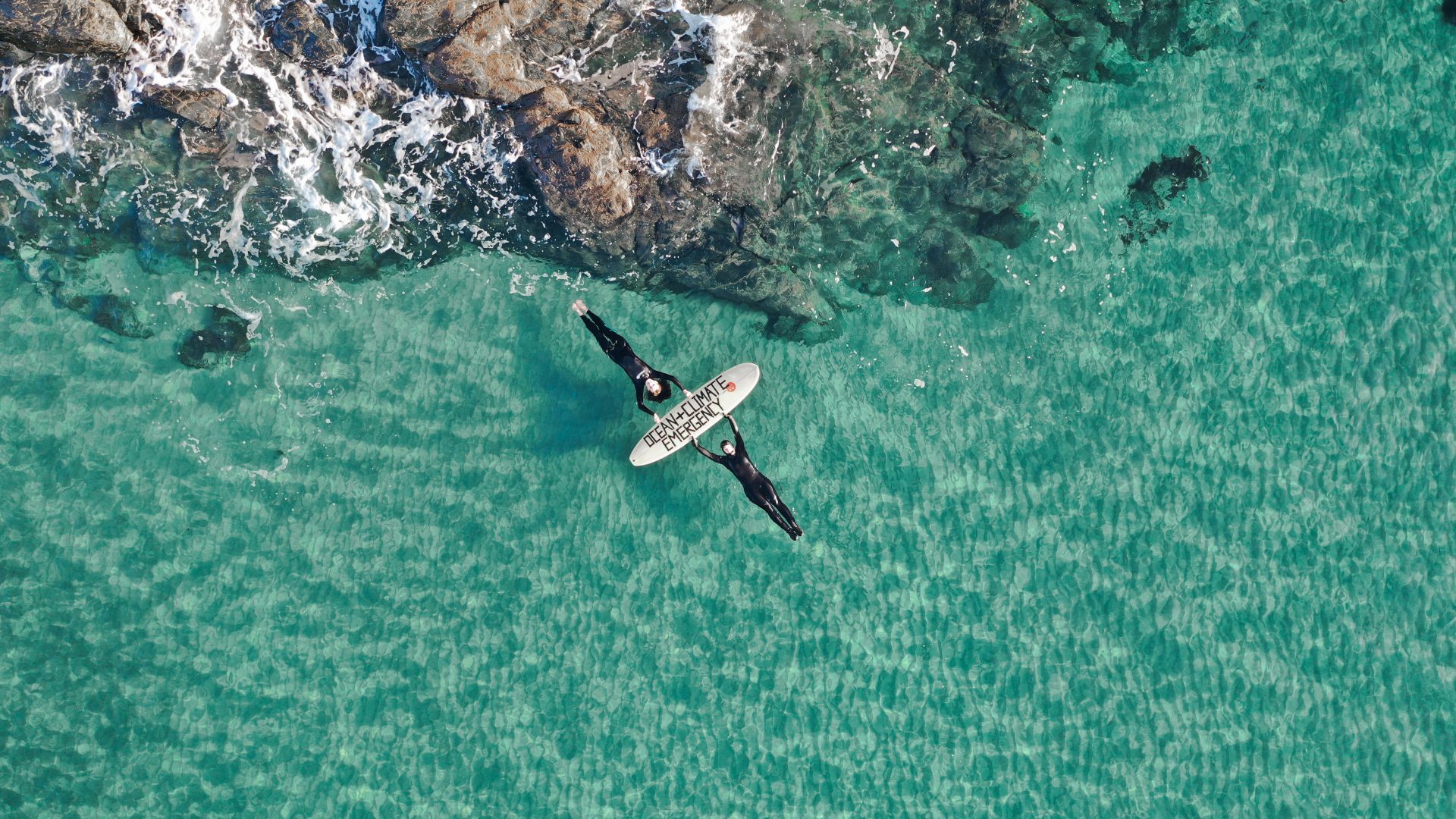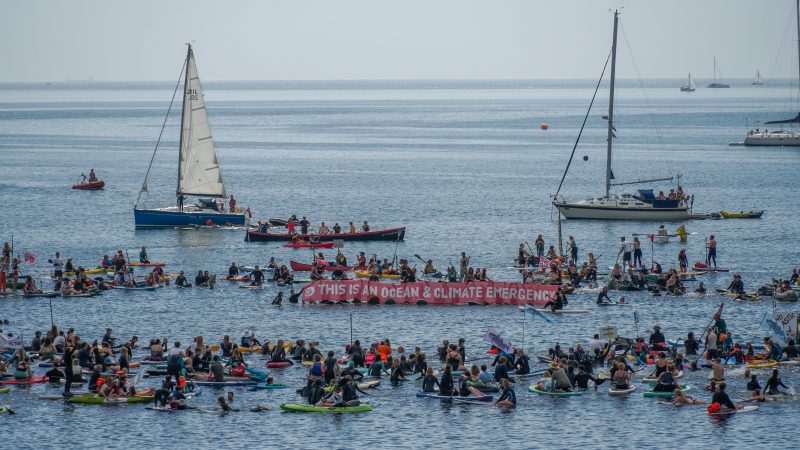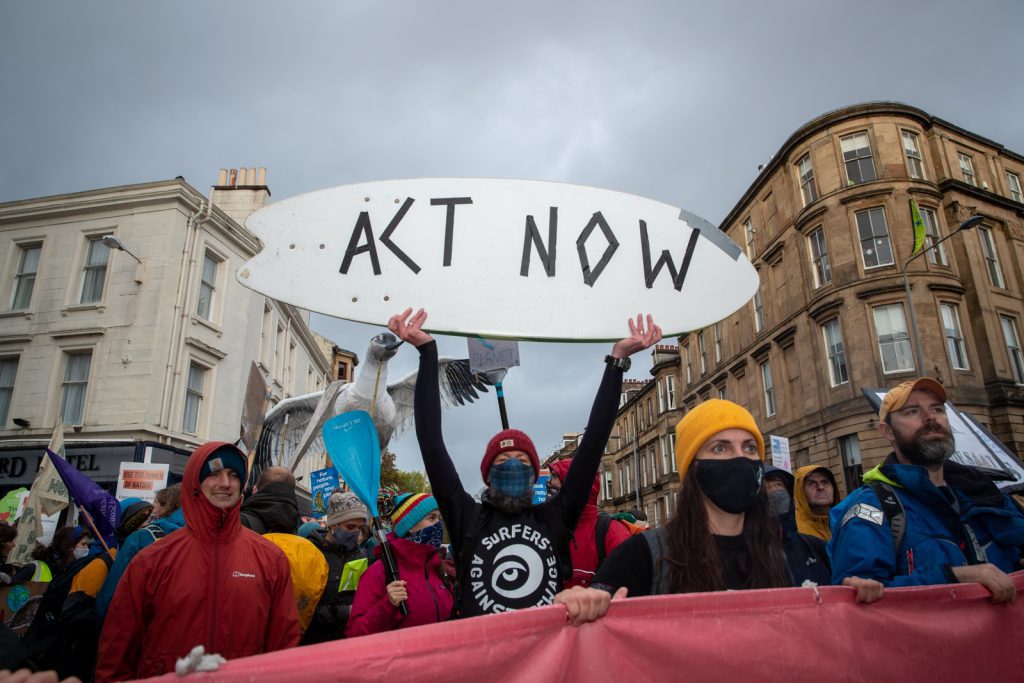Human-induced climate change is destroying the world as we know it.
From rising sea levels to extreme weather events, discover what the climate emergency is, and what the ocean has to do with it…
The ocean covers over 70% of the Earth’s surface and is the largest heat and carbon sink on the planet. It is responsible for every second breath we take and its health is vital to life on Earth.
The ocean is a life-support system for the entire global population and the impact of climate change on marine ecosystems will be felt across every element of society, from tourism and trade to health and wellbeing.
How is climate change impacting the ocean?
Unfortunately, the ocean is no longer healthy. Far from it. The ocean has absorbed more than 90% of the rising concentration of greenhouse gases in our atmosphere and over 30% of CO2 emitted by human activity. This has caused deadly ocean warming, acidification and deoxygenation, which is affecting communities and ecosystems worldwide.
Because of the dramatically changing ocean environment, many marine species and habitats are struggling to survive, from kelp forests and seagrass meadows to species like zooplankton, whose declining numbers have sent shockwaves up the foodchain. And this is just the start of things to come.
Many coastal communities are already suffering due to sea levels rising. Right here in the UK the Welsh village of Fairbourne may soon be engulfed by the ocean, making its inhabitants the first UK climate refugees. Nevertheless, despite the fact that developed and rapidly-developing countries have the highest carbon footprint, climate change will disproportionately affect less economically developed countries, widening the gap between wealth and poverty, and deepening injustice.
What’s causing the climate emergency?
Simple. When we extract and burn coal, oil and gas, massive amounts of carbon dioxide are released into the atmosphere, intensifying the greenhouse gas effect and heating the planet.
CO2 levels have risen dramatically since the industrial revolution and are 50% higher than pre-industrial levels.
The planet’s natural carbon sinks work overtime to try and absorb the emissions and heat we’re creating. Carbon sinks like the ocean.
Alongside rainforests, kelp forests, mangroves, marshes, seagrass meadows and other marine habitats play a key role in controlling CO2 levels, trapping carbon for millions of years through photosynthesis.
But rising sea temperatures, made worse by activities like overfishing, dredging and sewage and chemical discharge, are destroying the ocean’s ability to do what we so desperately need it to. We are literally ruining the best chance we have to reverse the climate crisis.
We have to act now or the ocean and all it makes possible is done for.




